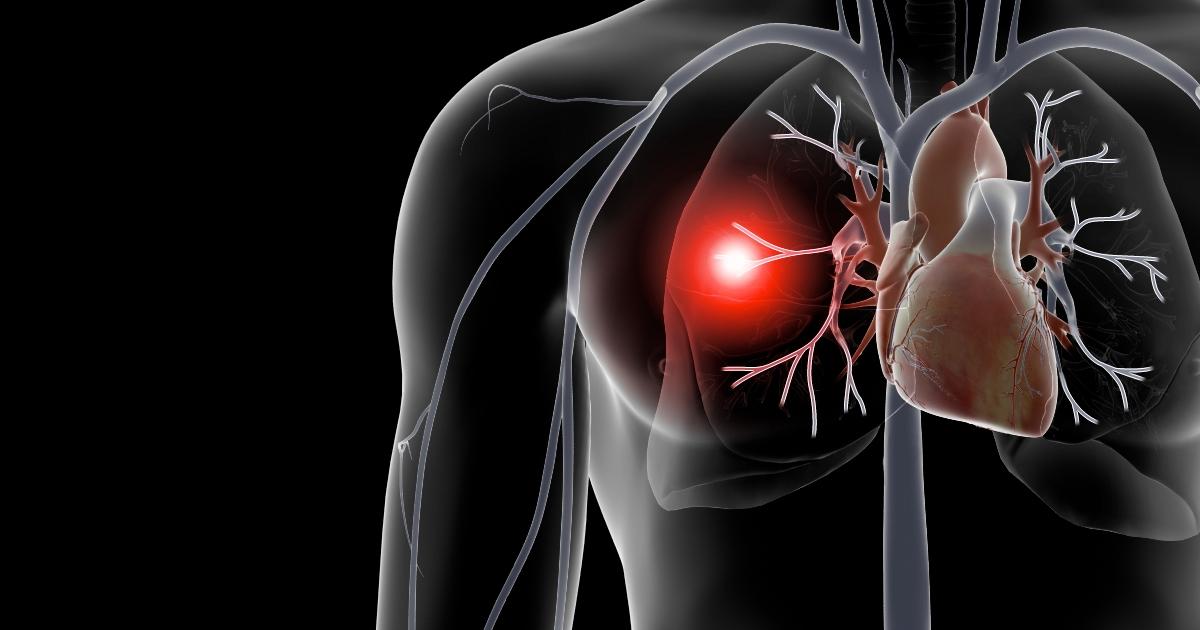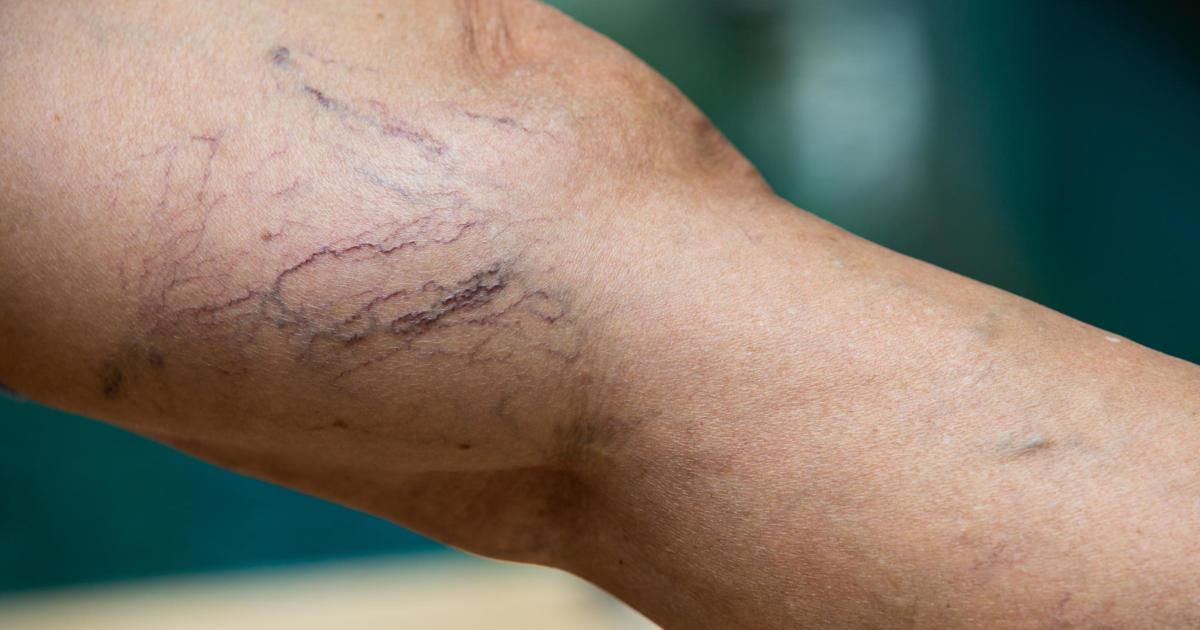Warning Signs Of Deep Vein Thrombosis
Pulmonary Embolism

Pulmonary embolism is a medical emergency. Deep vein thrombosis occurs when some mechanism causes a blood clot to form in the deep veins of a leg or arm. A blood clot is a blend of red blood cells, fibrin, and platelets that is meant to stop an individual from bleeding. In some individuals, blood clots can form without a functional cause. Usually, another underlying medical condition is responsible for triggering the process of blood clot formation. The more blood clots that form in an individual's legs, the higher their risk for experiencing complications that occur from part of the blood clot breaking free or the entire clot dislodging from its original location.
When the clot breaks off, it can flow freely in the bloodstream with the direction of blood flow. The blood in the deep veins flows in the direction back toward the heart, where it is pumped into the lungs for oxygenation. When the clot becomes loose and travels through the vein, into the heart, and then becomes lodged in the lungs, it is called a pulmonary embolism. Because a pulmonary embolism stops the proper flow of blood through a vital organ, it is a medical emergency.
Surface Vein Distention

Individuals affected by deep vein thrombosis may experience surface vein distention. Veins, by definition, are tubular structures in the body that contain a set of valves that function to push blood in one direction. Veins are responsible for returning oxygen-poor blood from tissues around the body back to the heart for oxygenation. Several mechanisms can influence the function of the veins, including a lodged blood clot. When a blood clot forms in the smaller veins closer to the surface of the skin, surface vein distention occurs.
The blood clot stops the flow of blood in the small vessel back to the heart. This results in cellular damage because the accumulation of oxygen-poor blood in the vein causes a backup that does not allow oxygenated blood to reach the cells. The immune system then summons an influx of specialized proteins, fluids, and white blood cells to the site of the damage. This inflammatory response causes the area around the obstructed vein to become visibly swollen, tender, painful, and red-colored through the surface of the skin. Smaller clots are more likely to form in smaller veins in individuals who have deep vein thrombosis. This is caused by a mechanism that allows for the abnormal formation of multiple clots, rather than just one large clot.
